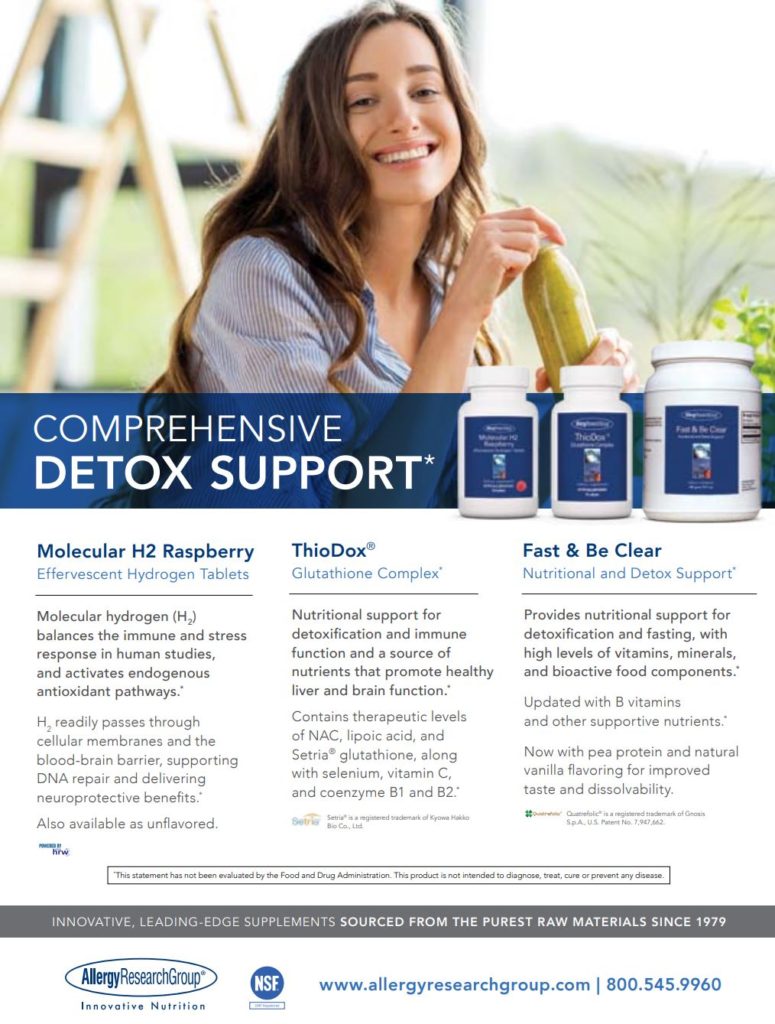By Mary Budinger, NTP
The SARS-CoV-2 pandemic is a serious wakeup call as to what our diet has done to our waistline, our immune system, and our overall health. Hey, public health authorities, do you hear that bell ringing? Are you responding? No? Darn.
We’ve seen that patients who have the toughest time with COVID-19 are those who have pre-existing medical conditions. We’re talking mostly diabetes, obesity, heart disease, cancer, autoimmune disease, Alzheimer’s, alcohol-related diseases, hypertension, and arthritis. According to the CDC’s reporting as of August 26, just six percent of all deaths attributed to COVID-19 were instances where the only factor in the individual’s death was COVID-19. All other people had underlying conditions which weakened the body’s ability to fight the virus.
Sixty percent of Americans have one chronic disease and 42% have two or more. Senior citizens are most likely to have chronic health problems, but—hear this—so do half of people in their mid-40s to mid-60s. And it’s going to get worse: In 10 years, it is predicted that 83 million Americans will have three or more chronic diseases compared to 30 million in 2015.
Experts call these chronic conditions “diseases of lifestyle”; the development of these conditions is strongly linked to the food we eat. The standard American diet is making us fat and sick. If you are seriously overweight or if you have multiple chronic conditions, you are a sitting duck for something like the current pandemic. The best thing you can do to protect yourself and your family is to change to a healthy diet. Now.
“There is no denying it now,” says Dr. Mark Hyman, the head of Strategy and Innovation at the Cleveland Clinic Center for Functional Medicine. “The food we eat (or the food we don’t eat) is the biggest single cause of death worldwide, exceeding tobacco and every other known risk factor. Historically, infections, poor sanitation, or what we call communicable disease caused most deaths. Now more than 70% of deaths worldwide are from what we call non-communicable disease, conditions like heart disease, obesity, type 2 diabetes, cancer, and dementia.”
Since WWII, Americans have steadily increased consumption of calorie-heavy, nutrition-lite, food-like products. When you look at movie footage from WWII, documentaries about Woodstock, and even the family photo album from the early 1970s, it’s tough to find an overweight person in the images. The very nature of our food has changed significantly in the last 60 years. Family farms were driven out of business as we moved away from fresh and local toward processed foods and snacks. Commercial agricultural practices depleted minerals in the soil. Government advice after the 1970s on what we should eat was shaped by a devil’s brew of political interests. Time-honored fats were out, newfangled processed carbohydrates and trans-fat “heart-healthy vegetable” oils were in. Bad move. We’ve paid a huge price for allowing food processors and their lobbyists to influence government recommendations about what we should eat.
Because corporate America has a fiduciary responsibility to shareholders and thus looks to make more money every quarter, we’ve exported this bad diet all over the world in search of new markets. Obesity rates have doubled in adults in more than 70 countries since 1980 and tripled in children.
Changing the Diet – No Kidding
About five years ago, Mexico overtook the United States as the country with the most obese citizens on this side of the planet. Mexicans are increasingly dying of heart disease and diabetes. The finger of blame points to cheap sugary drinks and processed foods, the same kind of things that got Americans to waddling. But behold, Mexico is fighting back.
In 2014, Mexico became the first country in the Americas to tax soda. Now they’re taking a bigger step. This summer, the Oaxacan state legislature voted overwhelmingly to ban the sale of junk food and sugary drinks to minors; Oaxaca has the highest rates of childhood obesity among Mexico’s 32 states. The state of Tabasco followed suit and at least a dozen other Mexican states are considering bans. , Essentially, these bans treat junk food sales like alcohol and cigarettes. Deputy Health Minister Hugo López-Gatell describes sodas as “bottled poison.” He sponsored the law because “We have to put a stop to the privileges of the few to prioritize children’s health. There is no place for economic interests above health.” In the rural Oaxacan town of Villa Hidalgo Yalálag, citizens physically blocked chips and soda delivery trucks from entering this summer, saying they didn’t want outsiders to bring in the coronavirus or junk food.
It’s hard to imagine a 12-year-old in Atlanta or Milwaukee walking into a convenience store to buy a big gulp and chips and being told no. It’s hard to imagine convincing US lawmakers and the army of lobbyists in Washington, DC, to put children’s health above quarterly profit numbers.
In Colombia and Brazil, people are pushing to pass laws requiring food warning labels. More than 35 countries have passed a tax on sugary drinks. Saudi Arabia, UAE, Qatar, and Bahrain are the most aggressive with a 50% tax on soda and a 100% tax on energy drinks. In the United States, Congress hasn’t budged. Several US cities moved forward on their own, starting with Berkeley, California, in 2015. And some US medical centers and universities stopped selling sugary beverages. But nothing from the state or federal levels.
Corporate Influence
Let’s take a quick peek at the Supplemental Nutrition Assistance Program (SNAP), the government-subsidized food program originally known as food stamps. How does it deal with junk food? Sweetened beverages are among the most commonly purchased items with SNAP. In just New York City, this translates into more than $75 million in sugary drink purchases each year that are subsidized by US taxpayers.
SNAP is “the largest, most overlooked corporate subsidy,” reported Michele Simon, a public health lawyer. Coca-Cola, Walmart, Mars, Kellogg’s, and Kroger and other corporations have all heavily lobbied the USDA and Congress to keep SNAP from offering healthier food choices.
About 20% of Coca-Cola’s annual US revenue, for example, comes from SNAP sales. In one year, nine Walmart Supercenters in Massachusetts received more than $33 million in SNAP revenues, which was more than four times the amount of SNAP benefits received at all farmers’ markets nationwide. And large banks including J.P. Morgan Chase dip into these public funds too; they receive tens of millions of dollars annually in exchange for operating SNAP Electronic Benefits Transfer cards given to recipients.
Taxpayers subsidize the crops that get turned into high fructose corn syrup and other bad-for-you foods; taxpayers pay for some people to eat the junk food, and then taxpayers get hit with the tab for treating a lot of the subsequent health problems. Ouch! But we can change this.
We accepted smoking limitations, bans on some toxic chemicals, seat belt laws, and we passed standards for clean air and clean water because we saw them as reasonable regulations that protect us. Big Food has been selling us a lot of non-nourishing edibles—products largely devoid of nutritional value that are addictive and hazardous to human health. Is there any limitation on junk food that looks reasonable now that COVID-19 is spotlighting who is more apt to survive?







